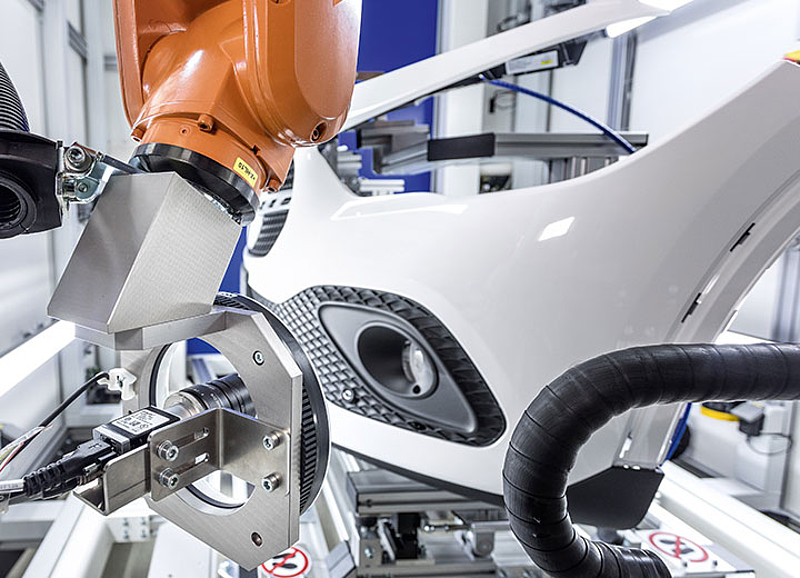Berghof Automation has added various new, innovative features to its test concepts for bumper test systems in recent years and has thus become the market leader in automated bumper testing. The latest and most complex bumper test system to date, which Berghof Automation has planned and implemented for one of the largest automotive suppliers, continues this successful tradition – as several new ideas of the test system specialists at the Berghof Group are being premiered here. The result: It achieves new best values in cycle time, flexibility and automation level.
Today’s modern bumpers have to fulfill a lot more functions than “simply” absorbing impacts. Their primary task: They are central to the increasingly important topic of driver assistance systems. This is because modern vehicles are equipped with numerous, high-performance components to accurately record the vehicle’s entire environment in fractions of a second.
Of course, this also poses completely new challenges for the developers of test systems for these assemblies. Finally, bumper manufacturers must electrically test all installed ultrasonic and radar sensors for proper function before delivery to the respective automobile or commercial vehicle manufacturer. As more and more functions are being added, there is one important feature of Berghof Automation’s bumper test systems that is becoming a strong selling point: In the area of sensor testing, they work with real-time signal evaluation, which significantly minimizes cycle times.
The installed cameras, hands-free access and pedestrian protection systems, as well as LED lighting elements, must also be tested by means of resistance and current tests. This quickly demonstrates how seriously a test system manufacturer takes the issue of flexibility: Berghof Automation test systems, for example, are able to flexibly communicate with the components to be tested via all common bus systems such as Lin, Flexray or CAN – the test software developed in-house makes this possible.
In addition to these electrical test criteria, there are five important visual criteria: Is the bumper the right color? Are all mechanical components – i.e. add-on parts, clips or chrome parts – present and mounted in the correct position? And are these existing components the right ones, i.e. are they the desired shape and color?
Each bumper must be precisely checked for these criteria after it has been manufactured and before it is delivered to the respective vehicle manufacturer. In practice, complete photographic documentation is useful in proving the perfect condition of the assembly prior to transport in the event that the customer complains about visual or technical defects after the bumpers have been delivered to its plant.
It sounds complex and time-consuming, but with modern test systems this process is fully automated – and with the latest bumper test stand from Berghof Automation, the test system specialist of the Berghof Group, it is also very fast. “Our latest bumper test system tests 55 optical inspection features in a cycle time of less than 45 seconds – significantly undercutting the customer’s specification,” calculates Thomas Roth, Key Account Manager at Berghof Automation.
The secret: Berghof Automation has achieved for the first time what every other supplier of this kind of system has failed to do. “Up to now, the state of the art has been for a camera mounted on a robot arm to capture all the inspection features – and for this purpose, the robot has to slow down to a standstill for each individual image and then start up again after taking the picture. With our new system, however, the process flows without these time-consuming interruptions. Our robots also move faster, because we rely on a particularly high-quality industrial robot that is less susceptible to faults. Of course, the safety of the personnel is still guaranteed: We use several safety laser scanners to check no one is in the hazardous area before the robot starts,” Roth continues.
What’s more, in this plant the feeding of the bumpers is fully automated using a driverless transport system (DTS). Contact between the test item and the test booth is also automatic. “We have developed a special transfer station for this purpose, where we work with a standardized interface. In this way, we ensure maximum flexibility of the system with regard to adding new assemblies,” explains Roth. A further advantage: This transfer station is compatible with the specific assembly carts that OEM’s often provide.
But that’s not all: To compensate for the manufacturing and assembly tolerances of the test carriages, the software works with robot workpiece coordinates. The system thus automatically recognizes the different test carriages and compensates for tolerances by shifting coordinates. “This significantly reduces the effort required to commission the system, because we only have to ‘teach’ each test carriage type once in the system,” explains Roth.
The complete photographic documentation mentioned above is also fully automated in this system and is particularly convenient for the user: Each tested bumper is stored in the database together with several high-resolution images, which are automatically labeled with the respective production number. Time-consuming searches in the event of a complaint are now a thing of the past.
Another major convenience is that, as with all other Berghof test systems, the test interface is intuitive and easy to operate – and the system displays the OK/NOK results graphically and thus very clearly.
The user can also add new test item variants quickly and easily via the user interface by simply creating new robot sequences and assigning them to the respective new test item variant – because the Berghof software is able to process variant-dependent robot sequences.
The flexibility and well thought-out, user-friendly operating concept of the new bumper test system are not the only things to satisfy the customer. More importantly, the system from Berghof Automation also combines the customer’s key requirements of minimum cycle time and maximum automation in the best way possible – and as already mentioned, the cycle time is well below the value required in the specifications.
Just as it should be for a market leader.
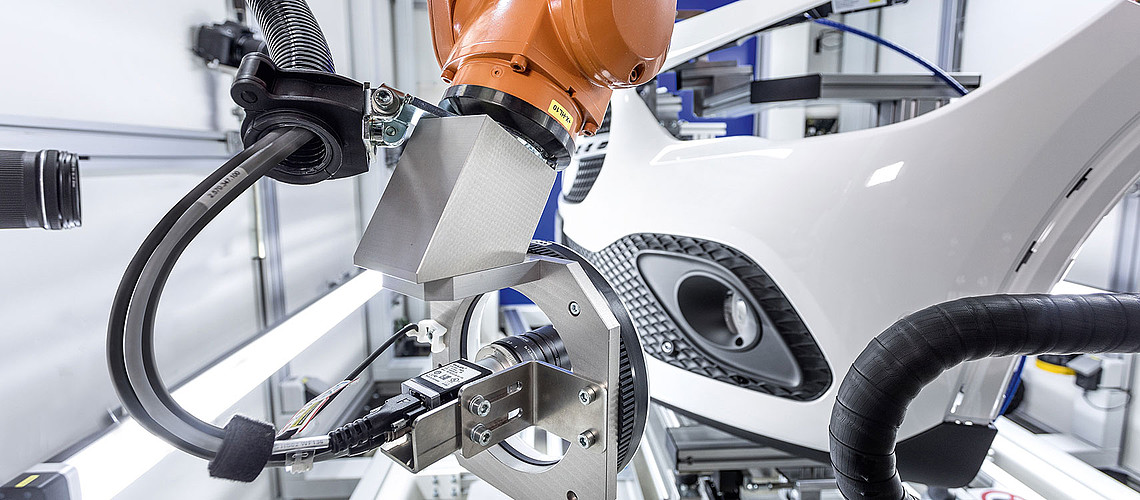
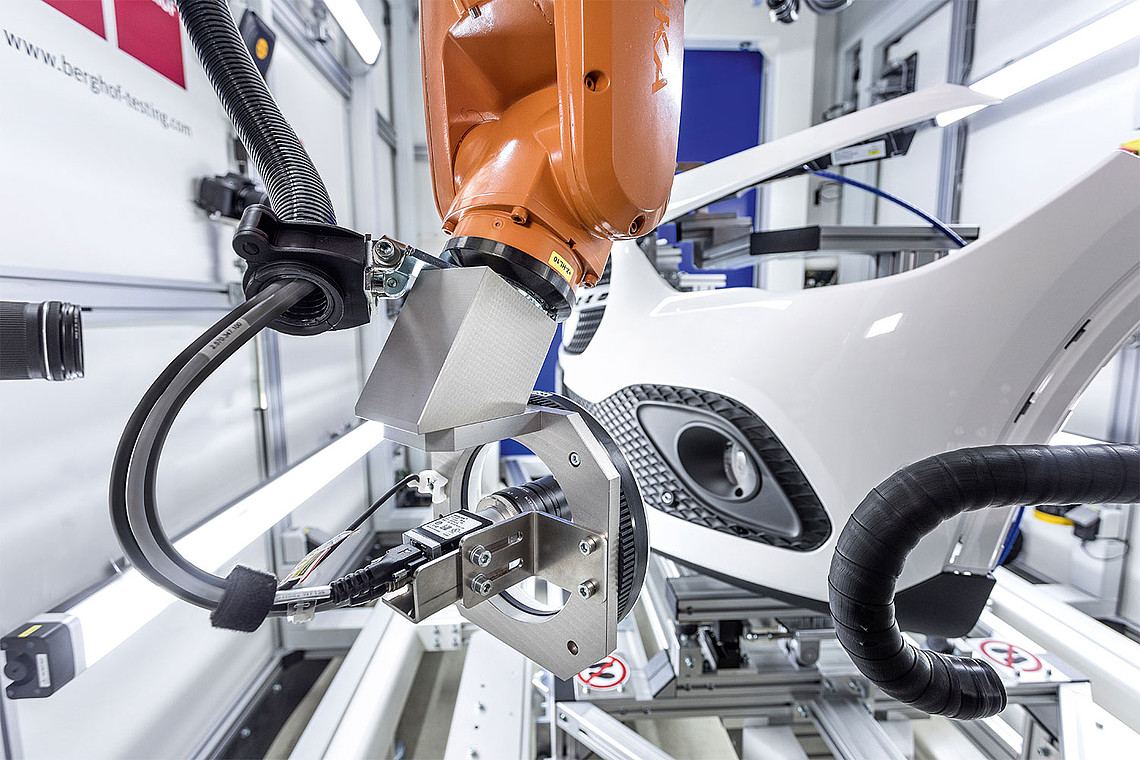
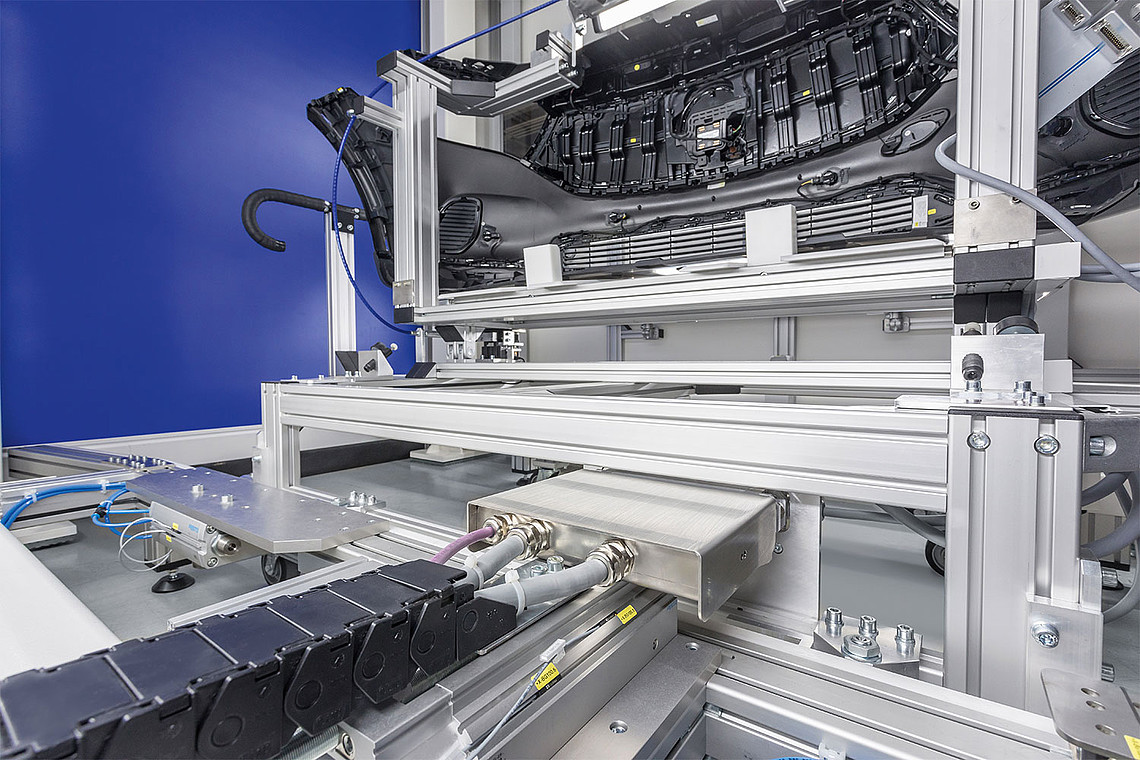
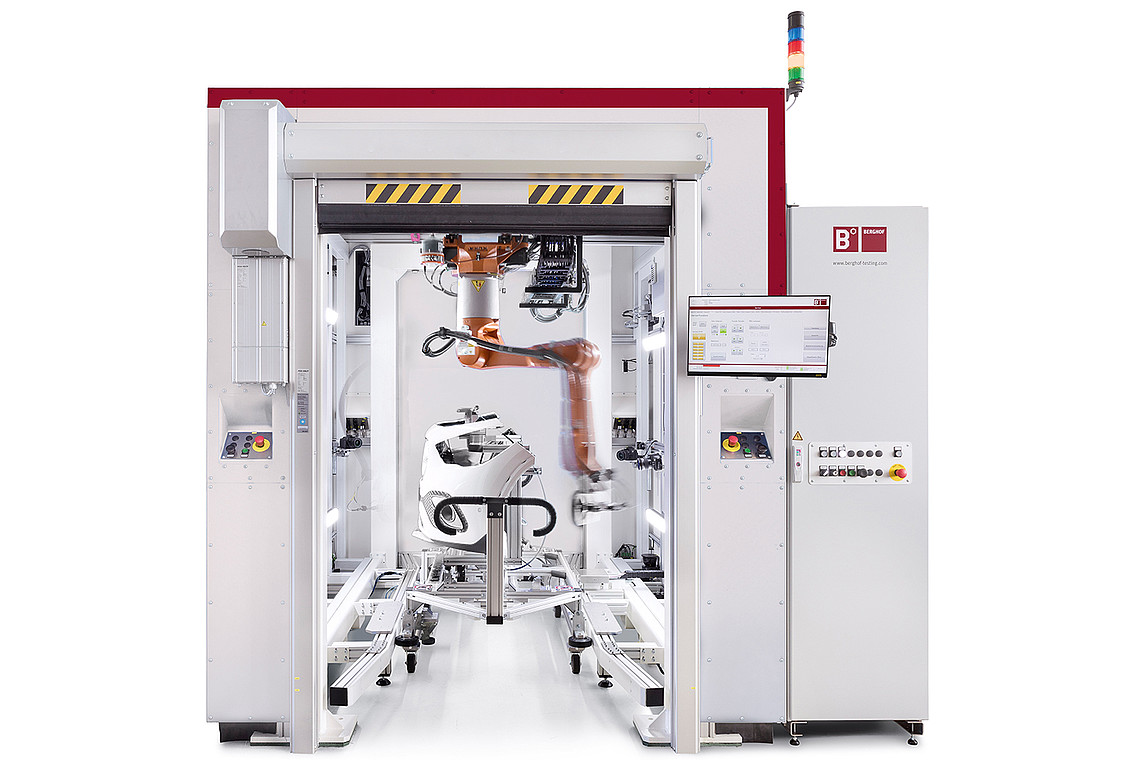
![[Translate to English:] Kachel EOL-Bumpertester [Translate to English:] Kachel EOL-Bumpertester](/fileadmin/_processed_/a/2/csm_Content_Kachel_EOL_Bumpertester_UEbersichtsseite_aee5d90617.jpg)
